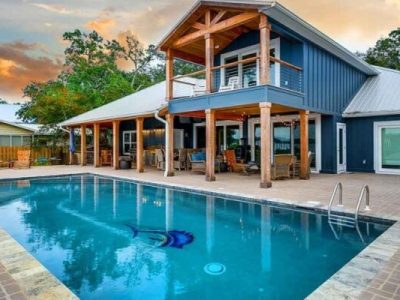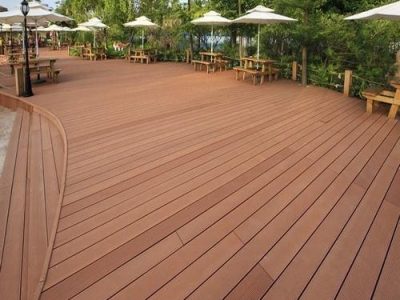A building’s occupancy rate is a crucial indicator of condominium investment health, influencing everything from property values to daily living experiences. While reviewing promotional materials like the Promenade Peak Brochure, which might highlight amenities and finishes, savvy investors know to investigate current and historical occupancy patterns before committing to a purchase. This often-overlooked metric can reveal fundamental truths about a property’s financial stability and market perception that glossy marketing materials rarely address.
Financial ripple effects
High vacancy rates directly impact association finances through reduced assessment collection. When units sit empty, maintenance fees often go unpaid, creating budget shortfalls that force difficult choices: raising fees for remaining owners, deferring maintenance, or depleting reserve funds. These financial strains compound over time, as deferred maintenance leads to accelerated deterioration requiring more expensive repairs later. Properties caught in this negative spiral typically experience declining services and amenity quality precisely when they need to improve to attract new occupants. Low occupancy impacts mortgage financing options, as lenders usually impose stricter requirements and higher rates for buildings below certain occupancy thresholds. These lending constraints further suppress buyer demand and property values, creating additional investment challenges for current and prospective owners.
Community dynamics
Occupancy patterns shape the social fabric and operational functionality of condominium communities:
- Low resident-to-unit ratios reduce volunteer participation in governance
- High investor ownership changes voting priorities in association decisions
- Insufficient year-round occupants limit security from passive observation
- Empty units create maintenance challenges from a lack of regular observation
- Seasonal occupancy patterns affect amenity usage and staffing needs
Buildings with healthy occupancy rates typically develop stronger community connections, more engaged boards, and more responsive management. These social factors create tangible quality-of-life benefits beyond the direct financial implications of stable occupancy.
Occupancy investigation
Before purchasing, prospective buyers should conduct thorough occupancy research through multiple information channels. Request current and historical occupancy data from management companies, paying special attention to trends rather than just current figures. Financial statements reveal occupancy-related issues through delinquency rates, assessment increases, and reserve fund adequacy. Minutes from association meetings often document discussions about occupancy challenges and planned responses that might not appear in marketing materials. Physical inspection during different times of day and various seasons provides firsthand evidence of actual usage patterns. Empty parking spaces, minimal activity in common areas, and darkened windows during evening hours suggest occupancy issues regardless of official statistics.
Recovery possibilities
Buildings can recover from occupancy challenges through strategic interventions that address root causes rather than just symptoms. Targeted renovations of dated common areas, adoption of in-demand amenities, and policy updates that reflect current market preferences can revitalise struggling properties. Association governance improvements that create more transparent operations and financial stability often play crucial roles in occupancy recovery. Buildings with professional management, well-funded reserves, and clear communication typically rebuild occupancy more successfully than those addressing only physical improvements.
Marketing campaigns highlighting these improvements can accelerate recovery by reshaping market perceptions, but only when backed by genuine operational enhancements. The most successful recovery strategies combine physical upgrades, management improvements, and effective communication to create sustainable occupancy growth.












Comments